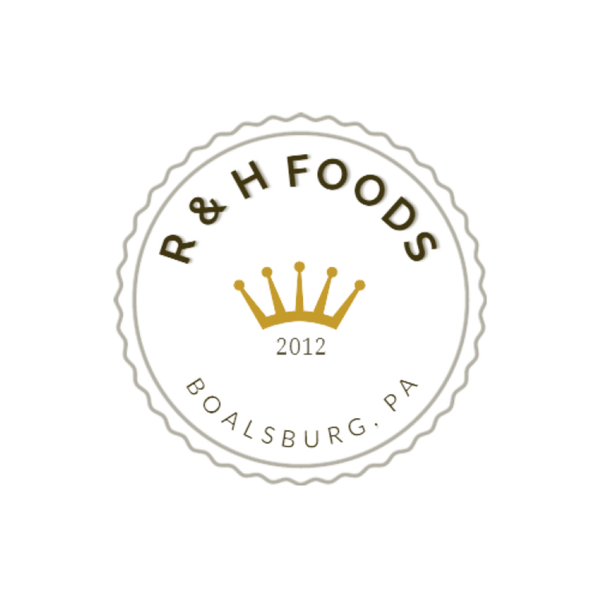Over centuries, the culinary know-how and habits of populations, including native Indians, Africans, Europeans, and Asians, have formed the basis of diverse modern Appalachian dishes.
These dishes reflect the lifestyles of their ancestry, their need to grow and preserve nutritional resources, and their skills in creating delicious, hearty, spicy, and sweet culinary wonders. Here’s a taste of rich Appalachian history and how Grub Kicker adds the essence of Appalachia to your lifestyle and gatherings.
A Vast Region of Mountains Producing Livestock, Vegetables, Spices, and Herbs
The Appalachian Region includes all of West Virginia and parts of Alabama, Georgia, Kentucky, Maryland, Mississippi, New York, North Carolina, Pennsylvania, South Carolina, Tennessee, and Virginia.
The Native American Cherokee Iroquois, Powhatan, and Shawnee were the original claimants of the region, and their culinary contributions including comforting soul foods like rich soup, hearty bean soups, and ever-present cornbread. Native Americans grew their corn, beans, and squash together (foods they referred to as “The Three Sisters”). They knew that corn removed nitrogen from the soil, beans replaced it, and cornstalks provided a natural trellis structure for the bean plants to climb. Also, the low leaves of squash plants covered the ground creating shade and retaining moisture.
The Native Indians were well-versed in the rich variety of plants that were naturally growing in the region. One such plant is ramp.
Ramp is a type of wild garlic or leek celebrated in festivals throughout Appalachia. It is often fried with potatoes in bacon fat or scrambled with eggs and served with bacon, pinto beans, and cornbread.
The Cherokees foraged for this wild mountain plant in the springtime using its pungent taste as a way “to get the blood flowing again” and to “thin” the blood after a winter of hunkering down and inactivity.
European Influences
Hernando de Soto and the first Spanish Europeans entered the Southern Appalachians in 1540 closely followed by African Americans in the mid 1500s as slaves to Spanish and French explorers.
During the late 1600’s, hostilities between American Indians and the Spanish allowed the newly arrived English to start trading. Soon, French expeditions appeared along the Ohio and Mississippi Rivers. When European settlers found Appalachia, the Native Americans taught European pioneers about the rich nutritional and medicinal properties of hundreds of native plants and herbs.
Meanwhile, English settlers brought their malts, hops, honeybees, and apple trees. They also brought ales, meads, and ciders. The Scotch-Irish brought their livestock and their taste for whiskey. A bit later, the Germans arrived bringing yeast-based breads and lager.
In the Industrial Age, Eastern and Southern Europeans left the steel mill towns in southwestern towns of Pennsylvania and introduced Kielbasa, pierogis, cabbage rolls, pepperoni, meatballs, pasta, and grape wines to the coal mines in West Virgina.
As the number of factories, mills, and mines grew, more African-American families arrived from the deep South fleeing violence and seeking opportunity during the Great Migration, which began in 1910.[1] They were joined by Lebanese, Syrian, and Jewish immigrants, and foods like ham hocks, rice, collards, black-eyed peas, hummus, tabbouleh, lox, and latkes infiltrated the traditional plates of the Appalachian mountains.
In more recent decades, immigrants from Mexico and Central America, known affectionately as Appalatins, have brought Latin culture and cuisine, and Asian immigrants from China, Southeast Asia, India, and the Philippines have brought new spices and culinary choices.
Enduring Culinary Themes
While each community that settled in the area brought new ideas to eating, certain themes ran throughout.
For example, remote mountain living instilled a reliance on local seasonal foods. Since there is no coastline near the mountains, a lot of the proteins rely upon game meat and freshwater fish.
Most communities had homes with outbuildings that housed chickens and hogs and provided storage for fruits like apples. Curing and canning have always been traditions, with supplies kept in cool streams near the properties.
People worked hard in Appalachia whether they were hunting, fishing, farming, or working in a mine. Food had to sustain people for hours, so many dishes have either a high fat or protein content or both – hearty stews made with cured pork or sausage, pies, chicken and dumplings, corn bread, vegetables with bacon fat, biscuits and gravy, and fried apple pies. Corn has always been abundant in Appalachian life, be it on the cob, fried, creamed, grits, cornbread, hominy, or even moonshine.
Try Grub Kicker Appalachia to bring a taste of Appalachia to your campfire kitsch or barbeque. Its bold, versatile, and full-flavored spice blend enhances seafood, poultry, meats, vegetables, stews, soups, sauces, gravies, marinades, and more.
[1] Hagley.org. “Home & Hell: Sundown Towns & the Great Migration in Appalachia.” Accessed January 4, 2025.

